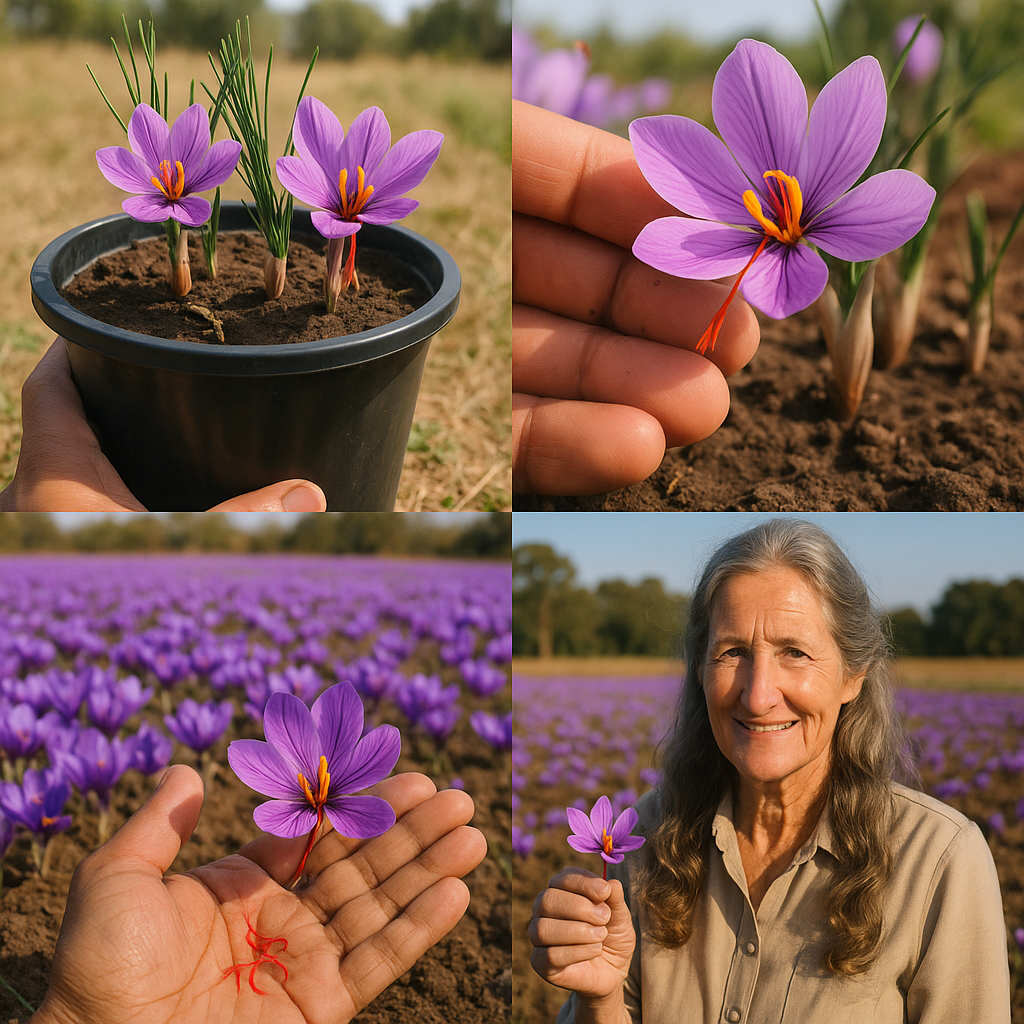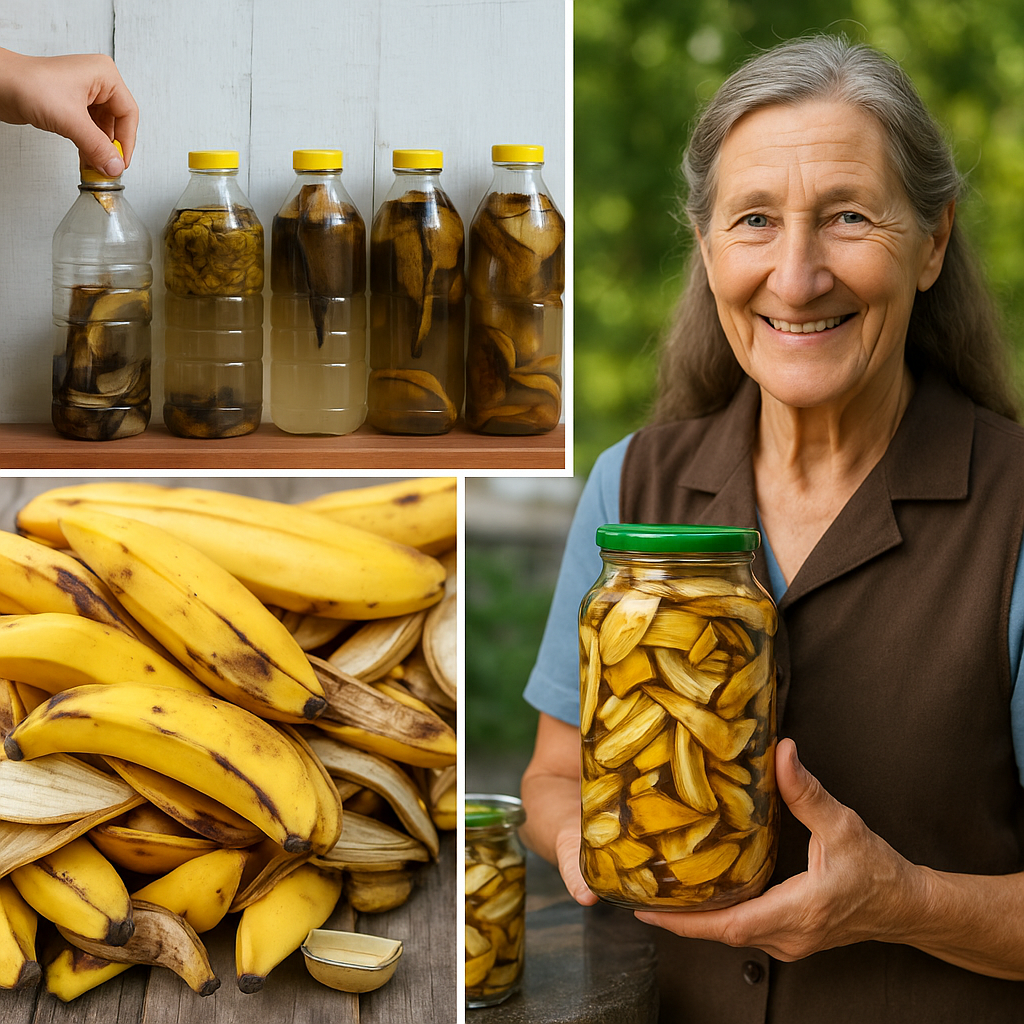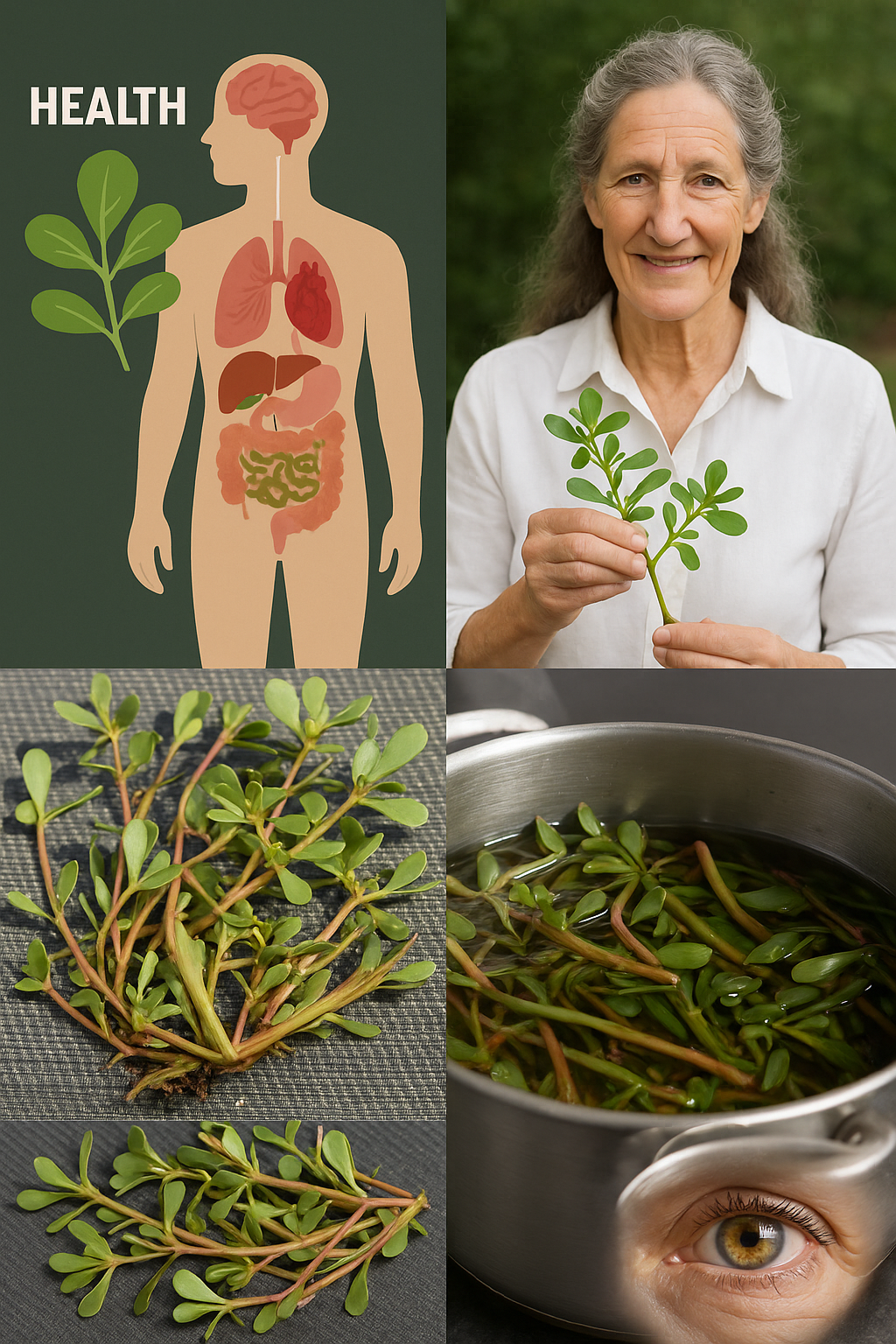✨ Imagine harvesting your very own saffron—the golden treasure of spices—right from your patio or balcony. While saffron has traditionally been associated with vast fields and Mediterranean climates, it is surprisingly simple to grow this luxurious spice at home using containers. With the right approach, a little patience, and care, you can bring this ancient botanical marvel into your everyday life.
Today, discover everything you need to know to successfully grow vibrant saffron crocuses in pots, even if you have limited space.

🌿 Choosing the Perfect Container for Saffron
The journey to homegrown saffron begins with choosing the right container.
🌸 Saffron crocuses thrive best in pots that are at least 6 inches deep and 8 to 12 inches wide. The container must have excellent drainage, as standing water can quickly lead to bulb rot.
🌿 Terracotta pots or breathable fabric planters are ideal choices. Their porous nature helps moisture evaporate more evenly, reducing the risk of soggy soil and promoting healthy root development.
🌱 Preparing the Ideal Soil for Saffron Growth
Good soil is the foundation of successful saffron cultivation.
🌟 Saffron bulbs, known as corms, require loose, well-draining, and nutrient-rich soil. A mixture of two parts potting soil and one part coarse sand or perlite creates the perfect airy environment for root growth.
🌿 When planting, position the corms with the pointed end facing upward, about 4 inches deep, and leave approximately 3 inches of space between each bulb. The best planting window is in late summer to early fall, allowing the corms to establish themselves before colder temperatures arrive.
🌞 Finding the Perfect Spot: Light and Climate Needs
Saffron crocuses adore the sun.
☀️ Place your containers in a location that receives at least 6 to 8 hours of direct sunlight daily.
🌿 In very hot climates, providing a bit of afternoon shade can protect the soil from overheating and drying out too quickly.
❄️ For those living in colder zones outside USDA hardiness zones 6 to 9, saffron containers can be overwintered indoors or in a frost-free shed to ensure their survival through winter’s chill.
💧 Watering and Feeding Your Saffron Plants
Watering saffron correctly is a delicate balance.
🌱 Before sprouting, keep the soil just barely moist to prevent the corms from rotting.
🌸 Once green shoots appear, increase watering slightly, but always allow the soil to dry between sessions. Overwatering is a major cause of failure when growing saffron at home.
🌿 At the beginning of the growing season, apply a slow-release, balanced fertilizer to provide essential nutrients without overwhelming the young plants.
🌼 Harvesting the Golden Threads: Your First Saffron Yield
Patience rewards the diligent gardener.
🌸 Saffron crocuses typically bloom once per year in the fall, usually over a two-week period.
🌟 Each delicate flower will produce three vivid red stigmas—the precious saffron threads. To harvest, gently pluck the stigmas with clean tweezers on the day the flower opens.
🌿 Place the threads on a paper towel in a cool, dry area away from sunlight to dry naturally. Once fully dried, store them in an airtight container kept in a dark place to preserve their vibrant color, intense aroma, and exquisite flavor.

🌱 Caring for Your Saffron Year-Round
After the blooming season, saffron plants enter a natural dormancy phase.
🍂 You’ll notice the leaves turn yellow and die back. This is perfectly normal. At this stage, reduce watering to a minimum, just enough to prevent the corms from drying out completely.
🏡 In regions with harsh winters, move the containers indoors or into a sheltered spot until spring.
🌿 Once new growth appears the following year, refresh the soil if necessary and check for corm overcrowding. Dividing and replanting corms every few years can keep your saffron patch healthy and productive.
🌟 Tips for Success and a Bountiful Harvest
🌸 Always start with healthy, disease-free corms sourced from a reputable supplier.
🌸 Protect your containers from heavy rainfall, which can easily waterlog the soil and rot the bulbs.
🌸 Regularly inspect your plants for signs of pests or disease, although saffron crocuses are typically quite hardy.
🌸 Be patient. Saffron cultivation is slow and delicate, but the reward is a priceless harvest of the world’s most luxurious spice grown by your own hands.
🌼 Final Thought
There’s something deeply rewarding about nurturing a crop as precious as saffron right at home.
✨ Beyond the stunning purple blooms and the rich, aromatic stigmas lies a story of patience, tradition, and connection to the earth.
Growing saffron in containers is not just about harvesting a spice—it’s about embracing a slower, more mindful rhythm of gardening and experiencing the deep satisfaction of producing something truly extraordinary.
Start your saffron journey today and enjoy the beauty, aroma, and flavor of homegrown gold for seasons to come. 🌸💛


